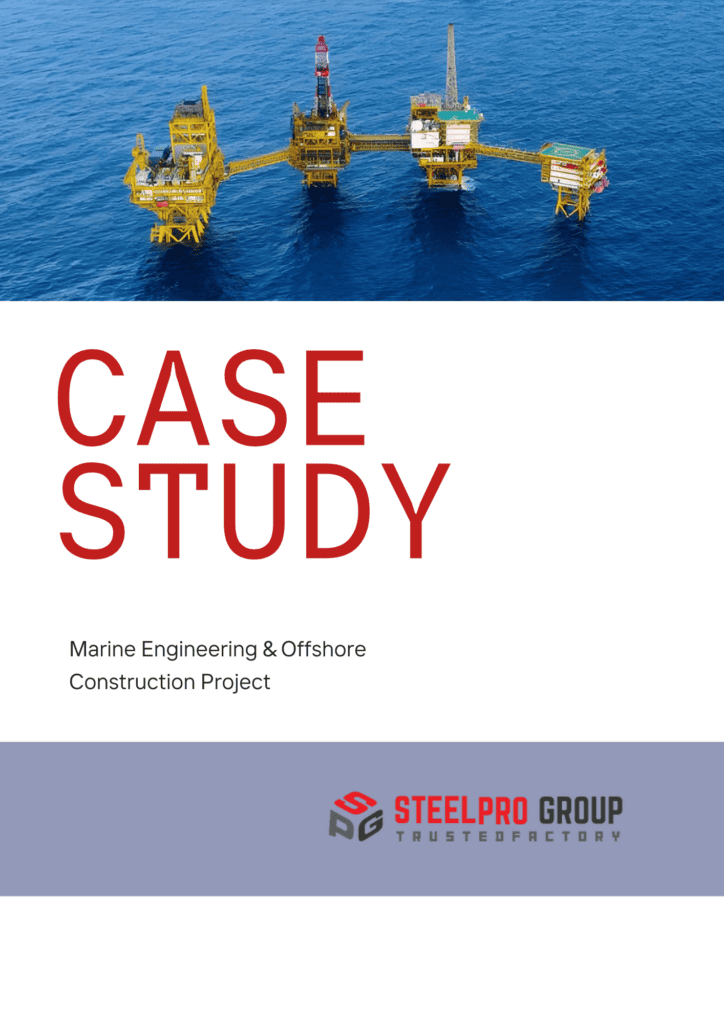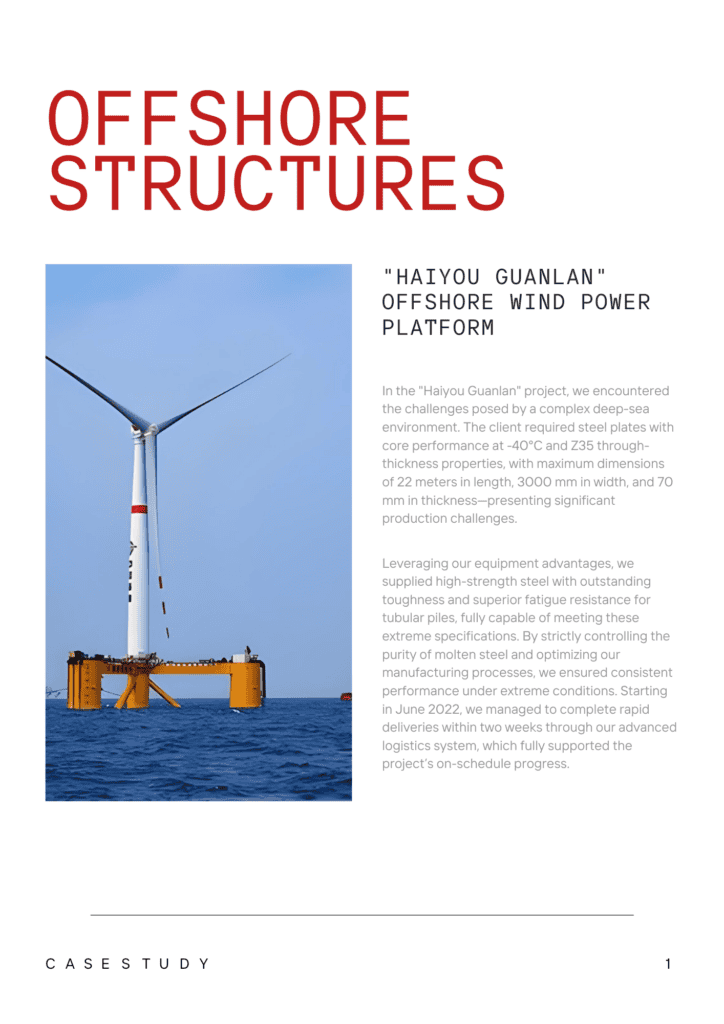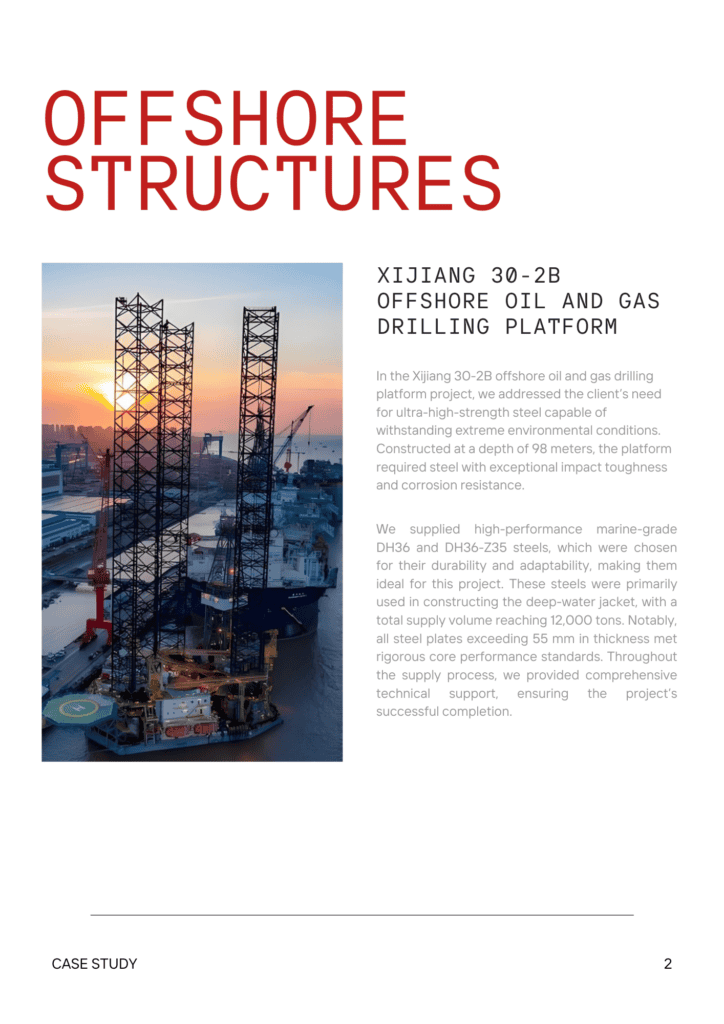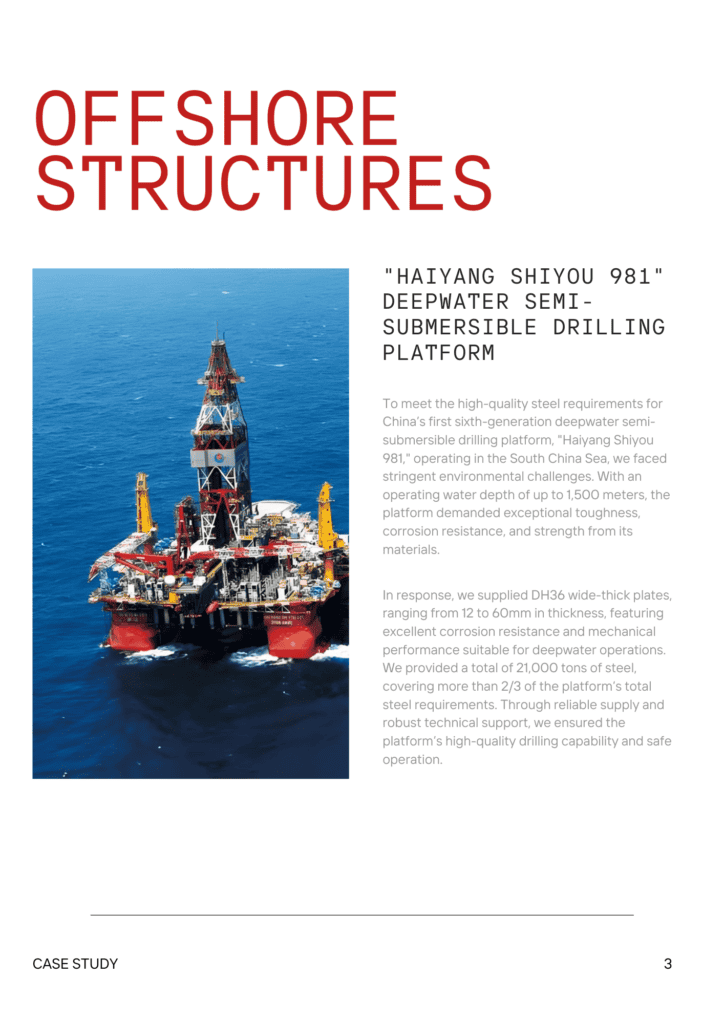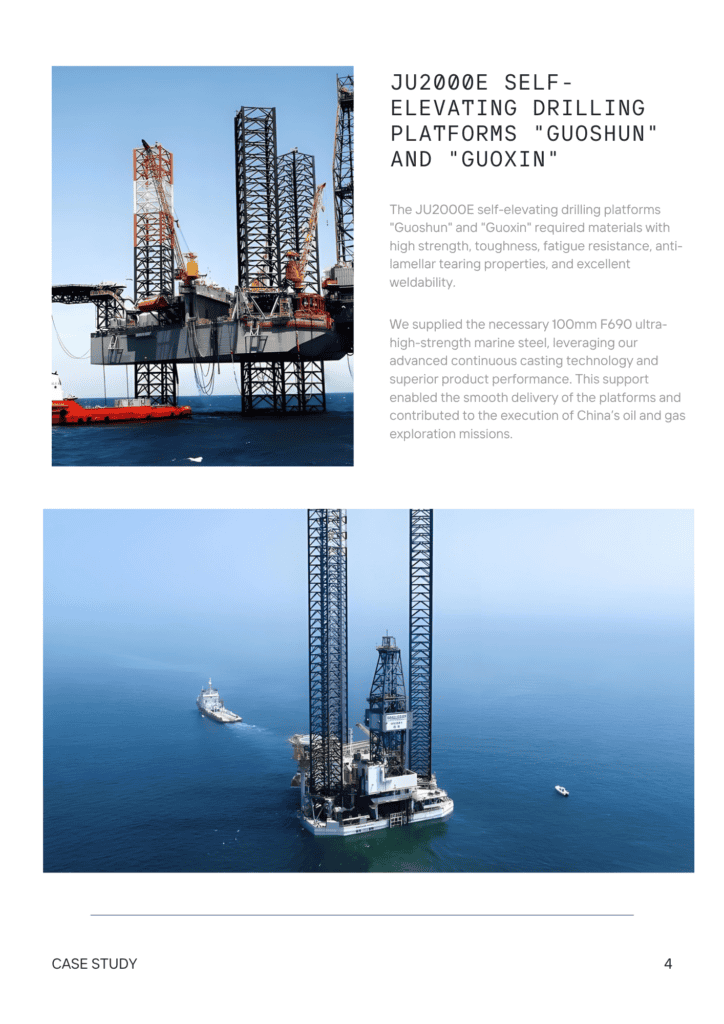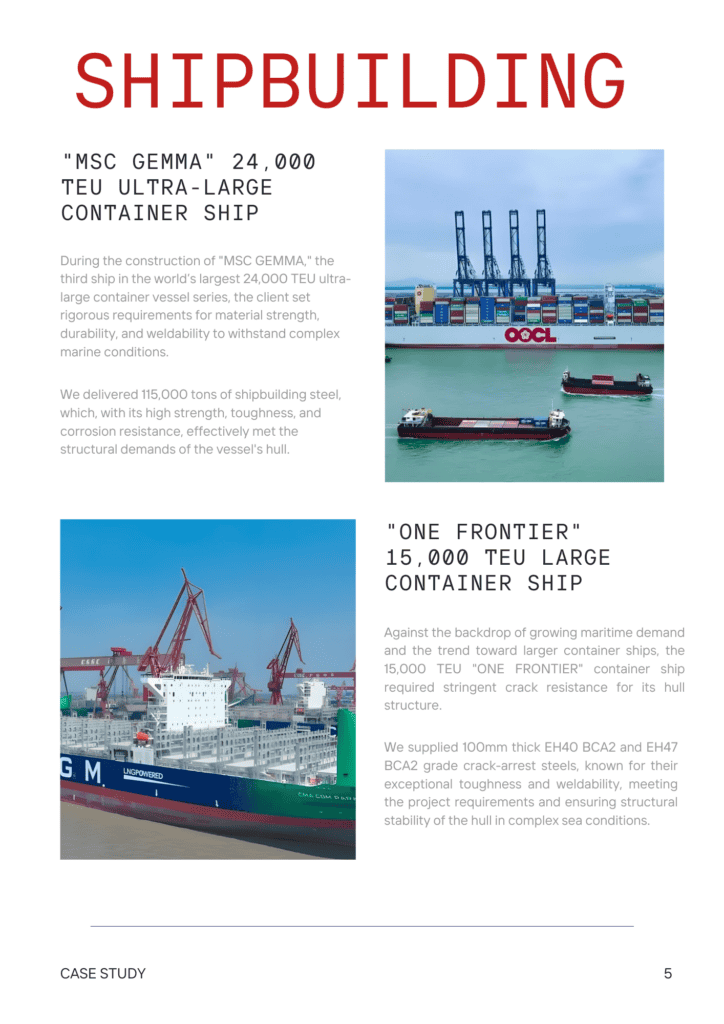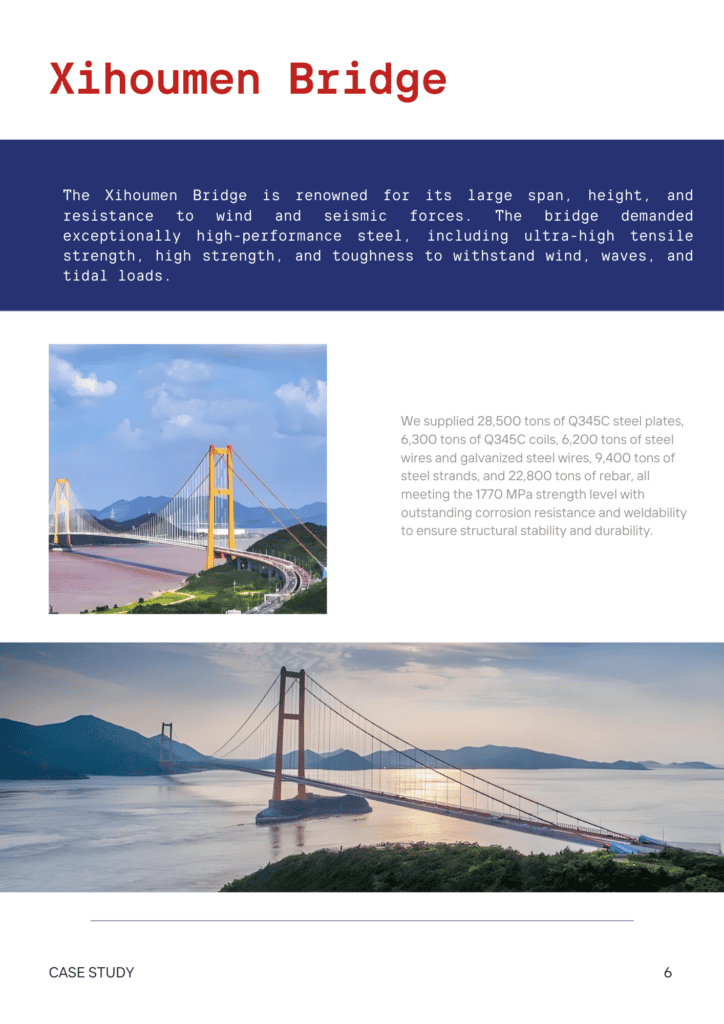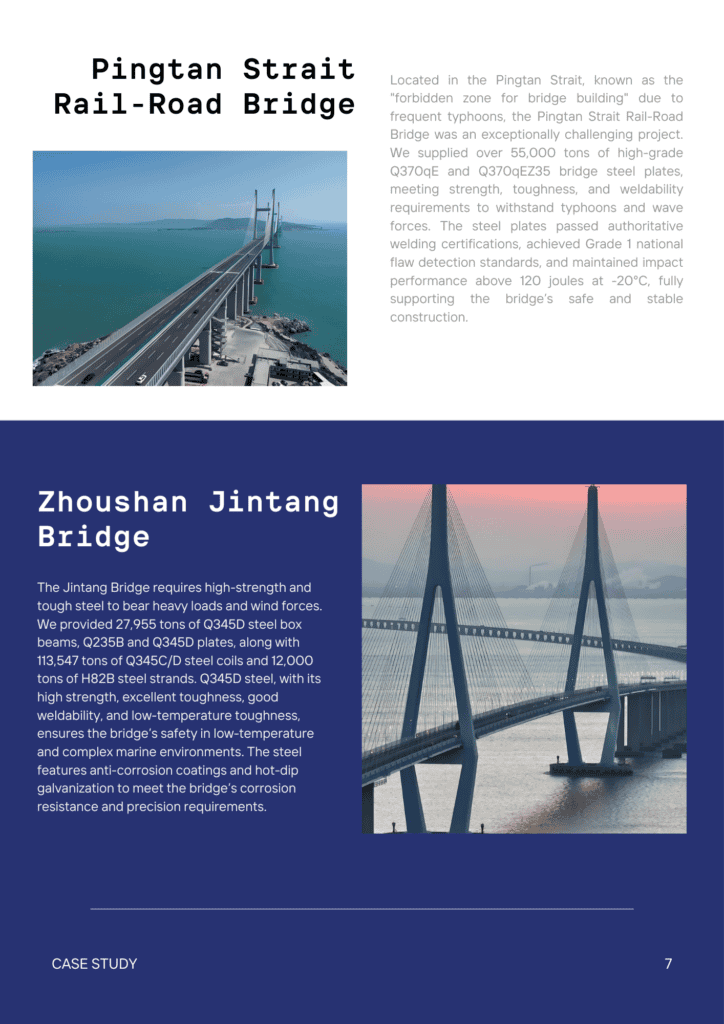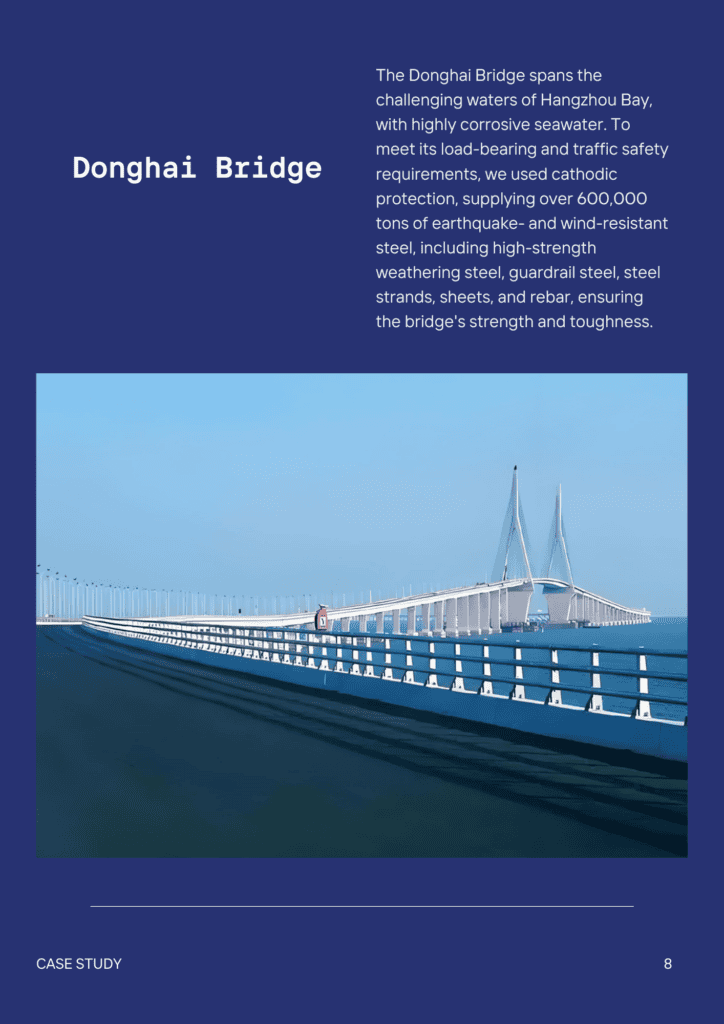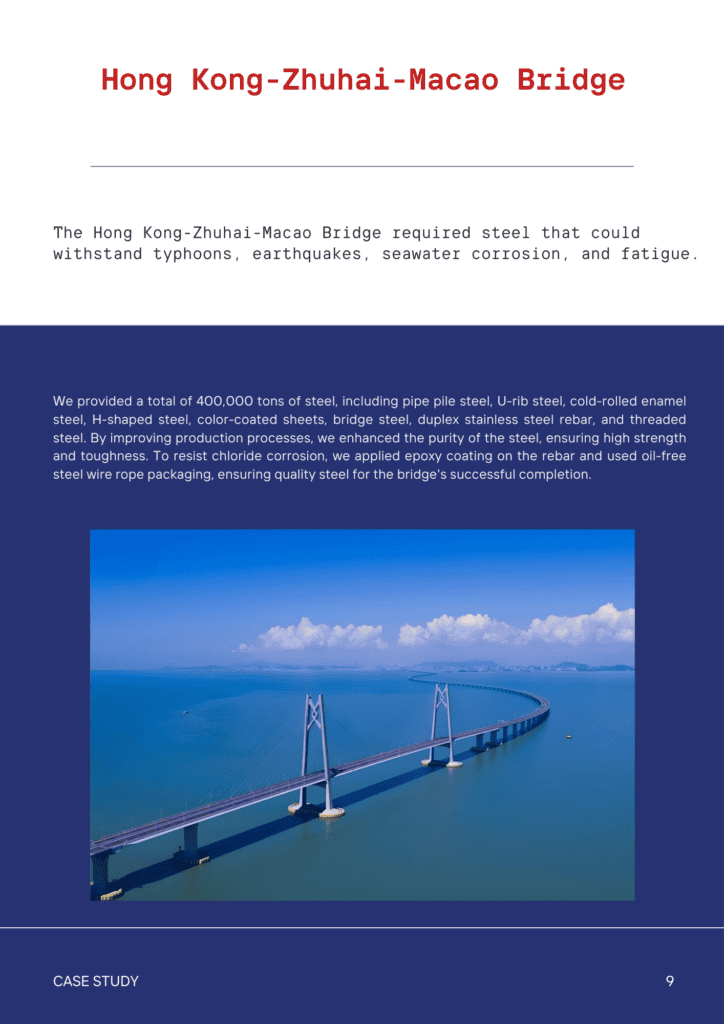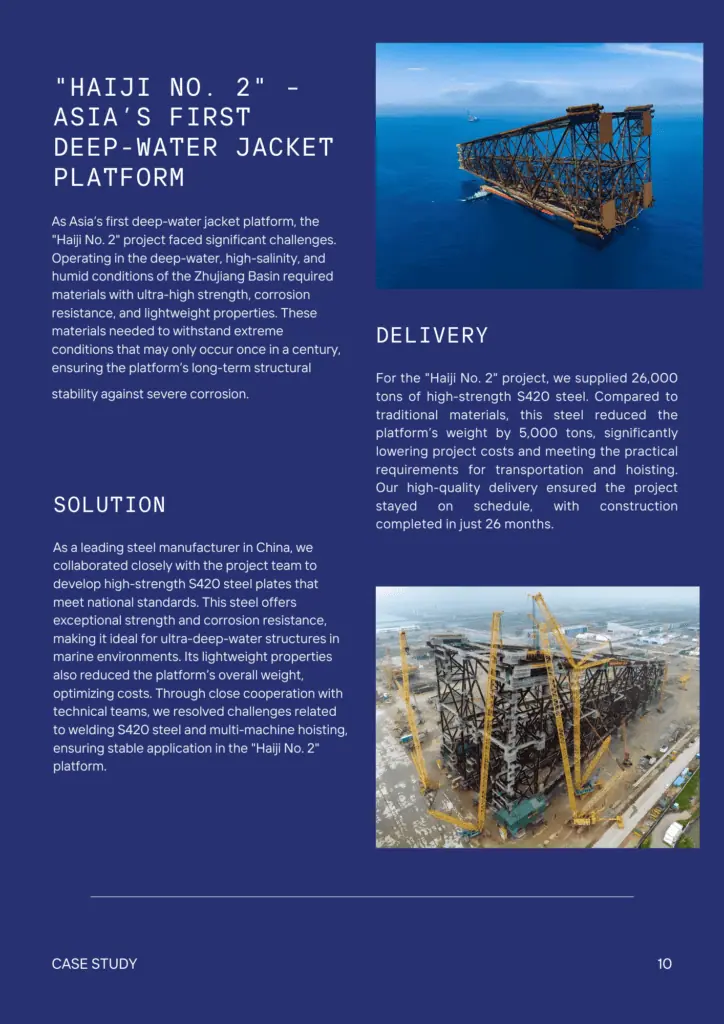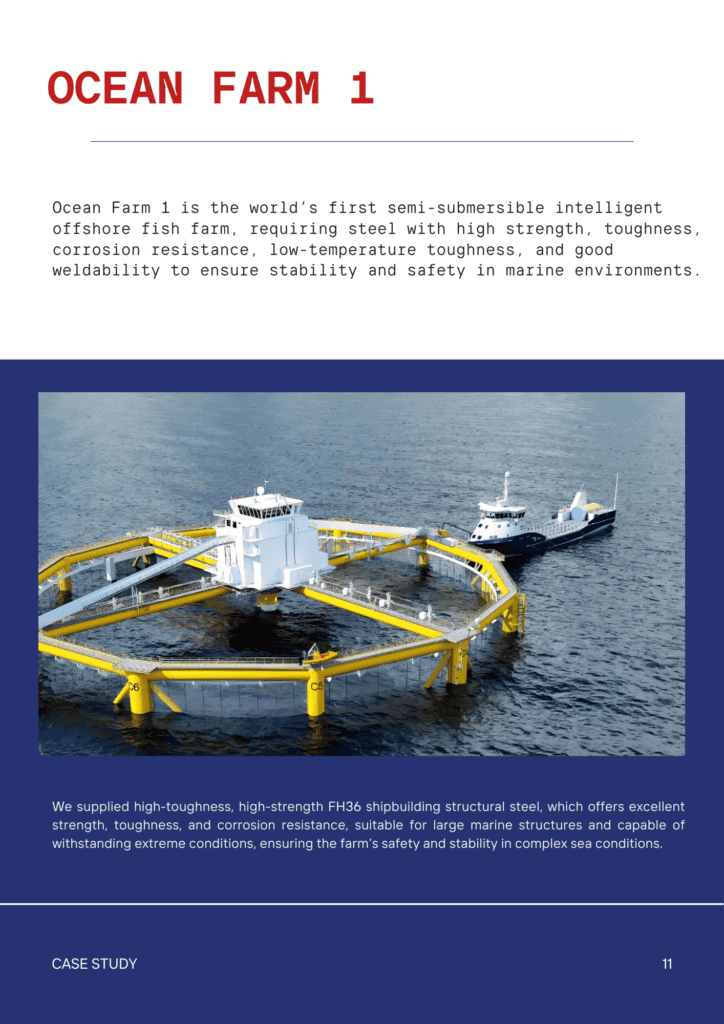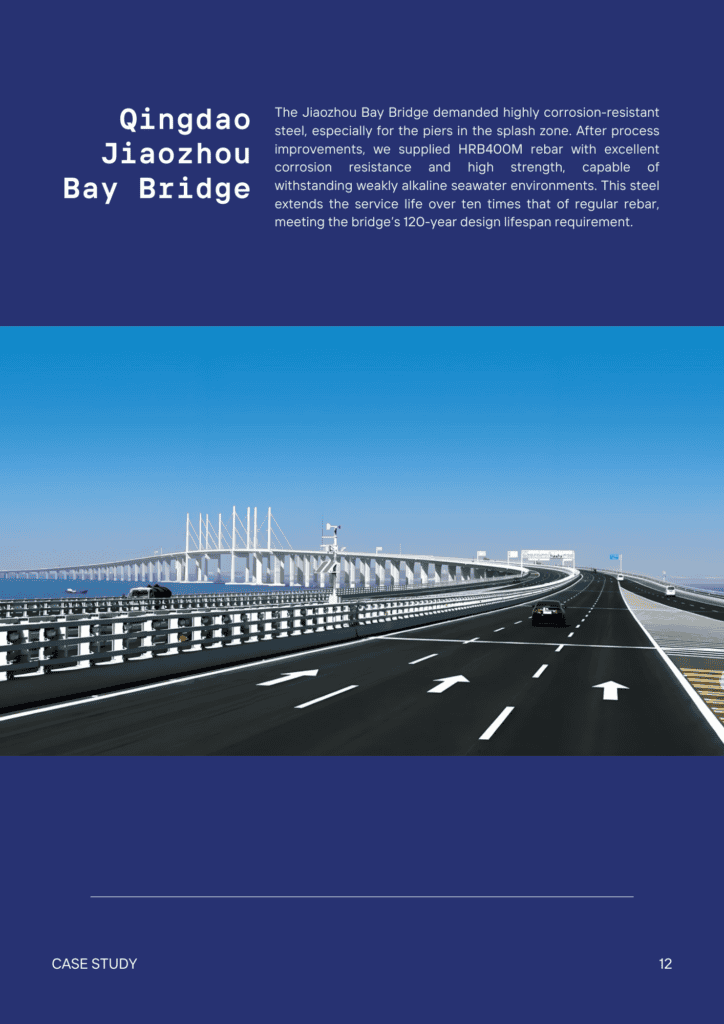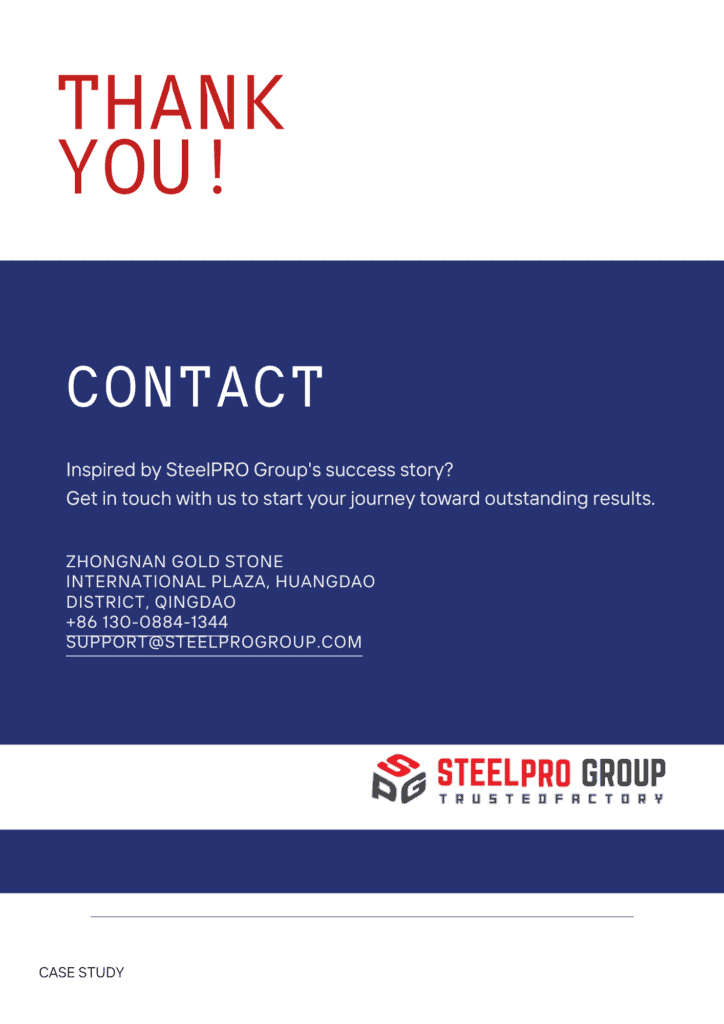PLAIN CARBON STEEL
Introduction to Plain Carbon Steel
Plain carbon steel, also known as carbon steel, is a type of steel that contains a small percentage of carbon and trace amounts of other elements. The carbon content typically ranges from 0.05% to 2.0%. This steel grade balances ductility and strength, making it suitable for a wide range of applications. Plain carbon steel has a yield strength of approximately 250 to 500 MPa and an ultimate tensile strength between 400 to 750 MPa. Heat treatment processes, such as tempering and quenching, can be applied to improve its hardness and mechanical properties.
This type of steel is considered highly weldable and has moderate hardenability. Its market acceptance is high because its price is relatively low and it provides material properties that are acceptable for many applications. Plain carbon steel is widely used in construction, automotive, and manufacturing industries.
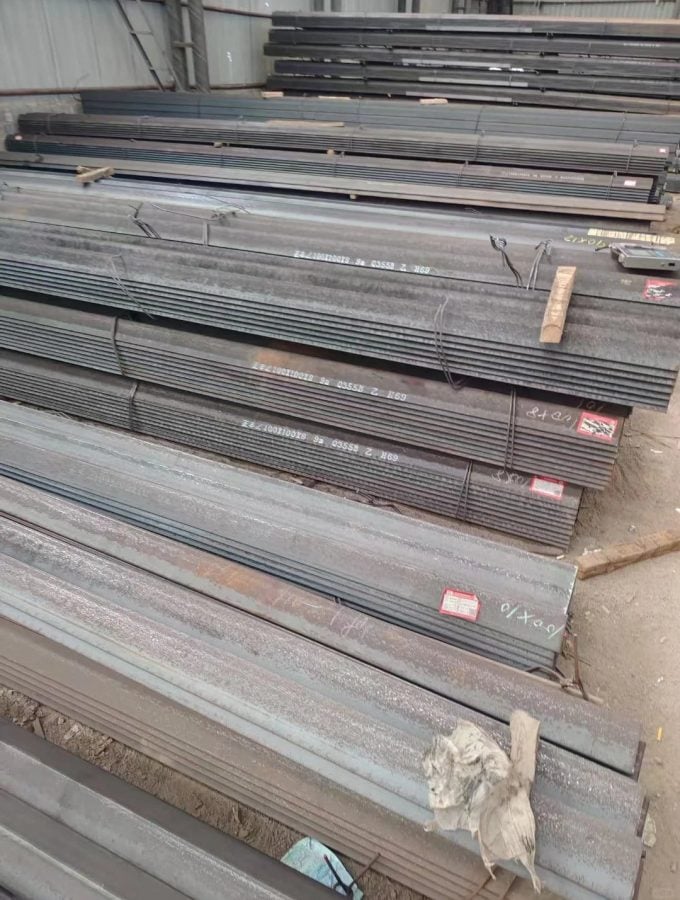
Benefits of Plain Carbon Steel
- Plain carbon steel offers several significant advantages:
- Cost-Effectiveness: Its price is relatively low compared to alloy steels, making it a popular choice for many applications.
- Weldability: Excellent weldability due to its low carbon content, making it suitable for various construction and manufacturing processes.
- Versatility: Can be used in a wide range of applications due to its balanced mechanical properties.
- Ductility: High ductility allows it to be formed into different shapes and sizes without breaking.
- Heat Treatment: Responds well to heat treatment processes like quenching and tempering, allowing for adjustments in hardness and toughness.
- Availability: Widely available and produced in large quantities by steel plants, ensuring consistent supply for various industries.
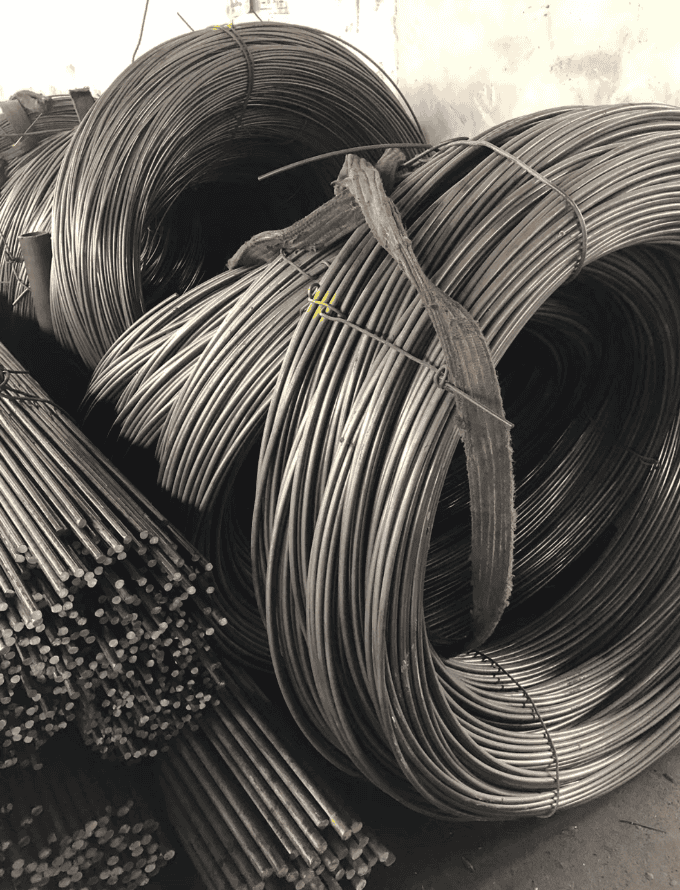
Types of Plain Carbon Steel
- Plain carbon steel comes in various grades, each designed for specific applications:
- Low-Carbon Steel (Mild Steel): Contains less than 0.3% carbon. Known for its high ductility and weldability, it’s used in structural applications and for forming properties.
- Medium-Carbon Steel: Contains 0.3% to 0.6% carbon. Offers a good balance of strength and toughness, used in machinery parts and automotive components.
- High-Carbon Steel: Contains 0.6% to 1.0% carbon. Known for its high hardness and wear resistance, it’s used in cutting tools and springs.
- AISI 1018: Contains approximately 0.18% carbon. It has good weldability and is often used for manufacturing gears, bolts, and other machinery parts.
- AISI 1040: Contains about 0.40% carbon. Known for its higher strength and hardness, used in crankshafts and couplings.
- AISI 1095: Contains 0.95% carbon. High hardness and wear resistance make it suitable for blades and cutting tools.
- AISI 1215: Contains about 0.09% to 0.12% carbon and added sulfur for improved machinability. Commonly used in high-speed automatic screw machine products.
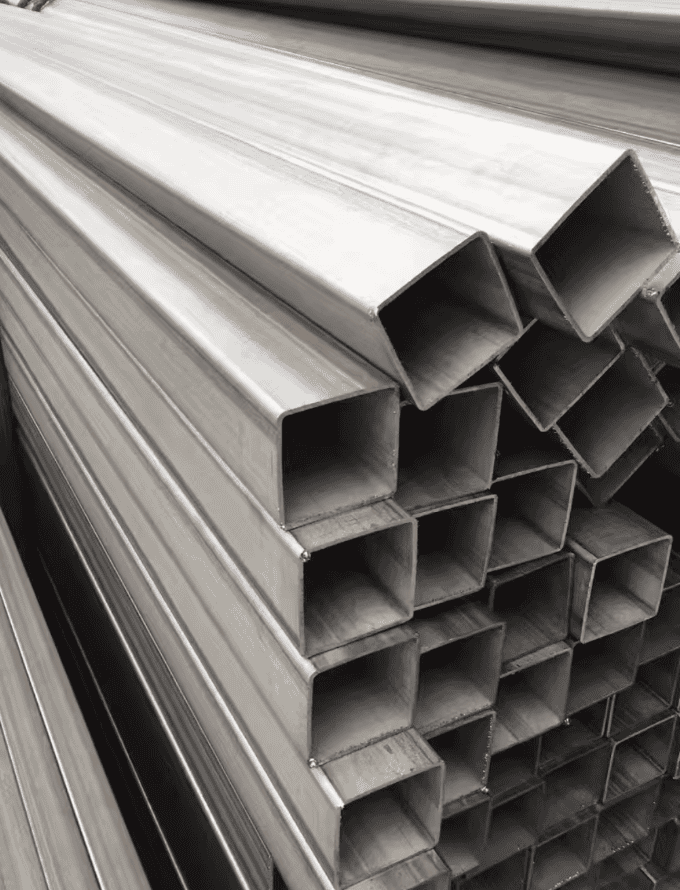
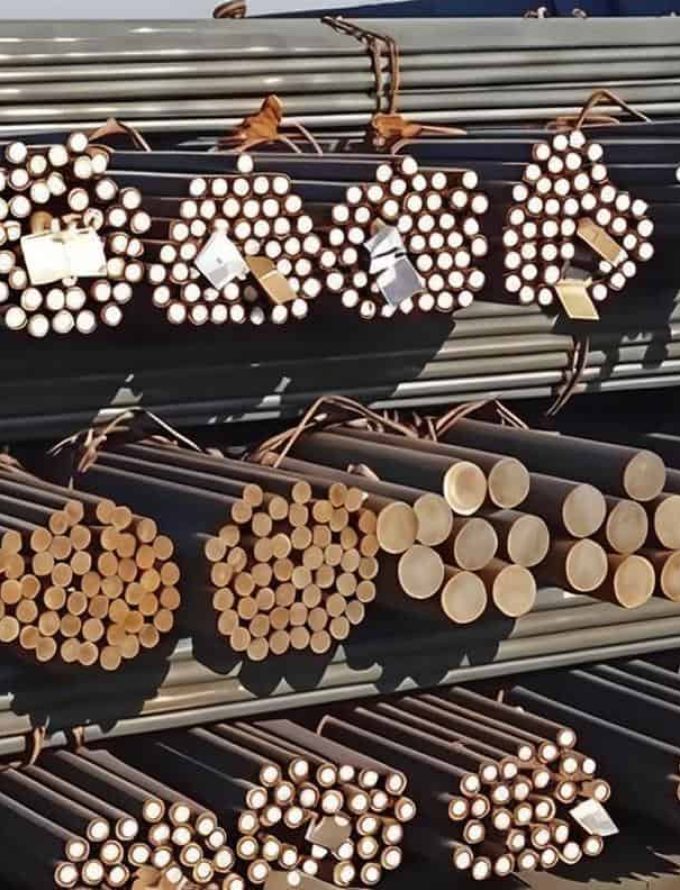

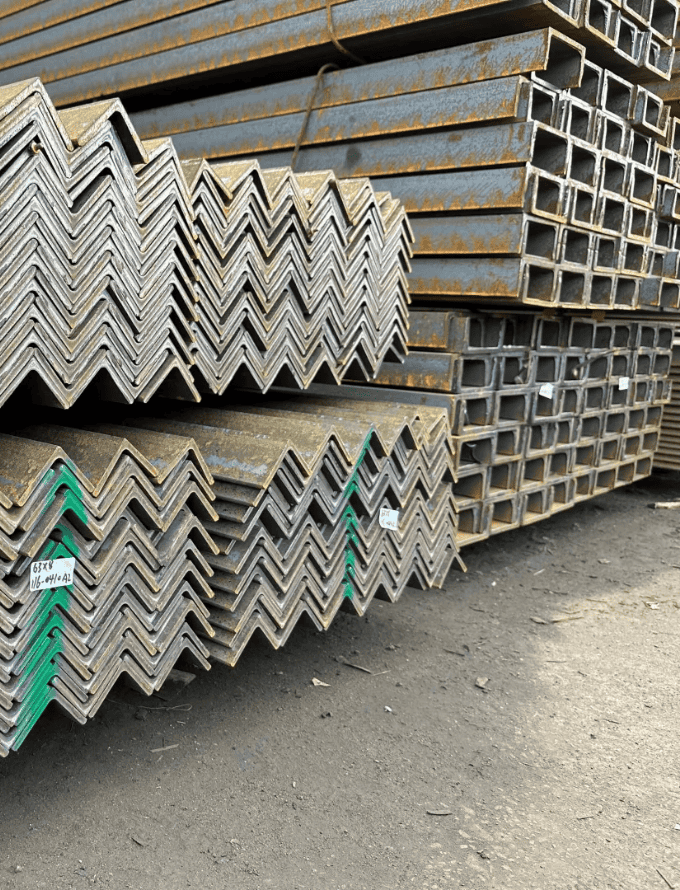
Industries & Applications
Plain carbon steel can be used in a variety of industries and applications, as it is a very versatile and commonly used form of steel.
Some common industries and applications include:

Construction Industry

Automotive Industry
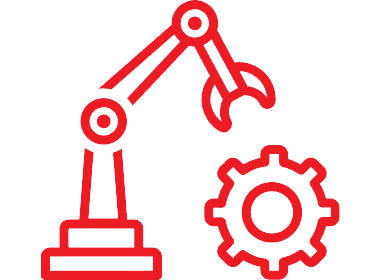
Manufacturing

Tool Making

Railways
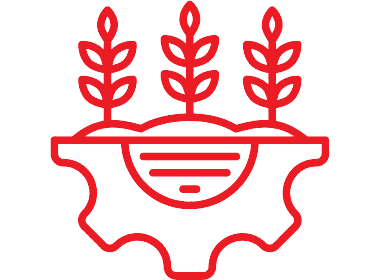
Agriculture
Dimensions & Properties
| AISI 1018 | AISI 1020 | AISI 1045 | |
|---|---|---|---|
| Yield Strength | 370 MPa (54 ksi) | 290 MPa (42 ksi) | 310-440 MPa (45-64 ksi) |
| Tensile Strength | 440 MPa (64 ksi) | 410-550 MPa (60-80 ksi) | 550-700 MPa (80-102 ksi) |
| Material Standard | ASTM A29 / A29M | ASTM A29 / A29M | ASTM A29 / A29M |
| Vickers Hardness | Approximately 120-160 HV | Approximately 130-160 HV | Approximately 180-230 HV |
Plain Carbon Steel When & Where You Need It
Here, you get more than just quality steel. With multiple facilities across the country capable of providing high-strength steels, we can also work with you to manage your inventory, ensuring you get product when and where you need it to keep your production running.
Explore Our Available Steel Products & Grades
Our knowledge and experience give nearly 100% accurate delivery of High Carbon, Low Carbon, Stainless Steel products processed and packaged to your exact specifications.
What is a Plain-Carbon Steel?
Plain-carbon steel is steel that primarily contains carbon as the main alloying element, with minimal amounts of other elements.
Does Plain-Carbon Steel Rust?
Yes, plain-carbon steel rusts easily when exposed to moisture and air due to its low corrosion resistance.
Is Plain-Carbon Steel Easy to Weld?
Yes, plain-carbon steel is generally easy to weld, especially low carbon varieties, due to its simple composition.
Is Plain-Carbon Steel the Same as Mild Steel?
Yes, mild steel is a type of plain-carbon steel with low carbon content, typically less than 0.3%.
What are the Three Grades of Plain-Carbon Steel?
The three grades of plain-carbon steel are low carbon steel (up to 0.3% carbon), medium carbon steel (0.3% to 0.6% carbon), and high carbon steel (0.6% to 1.0% carbon).


